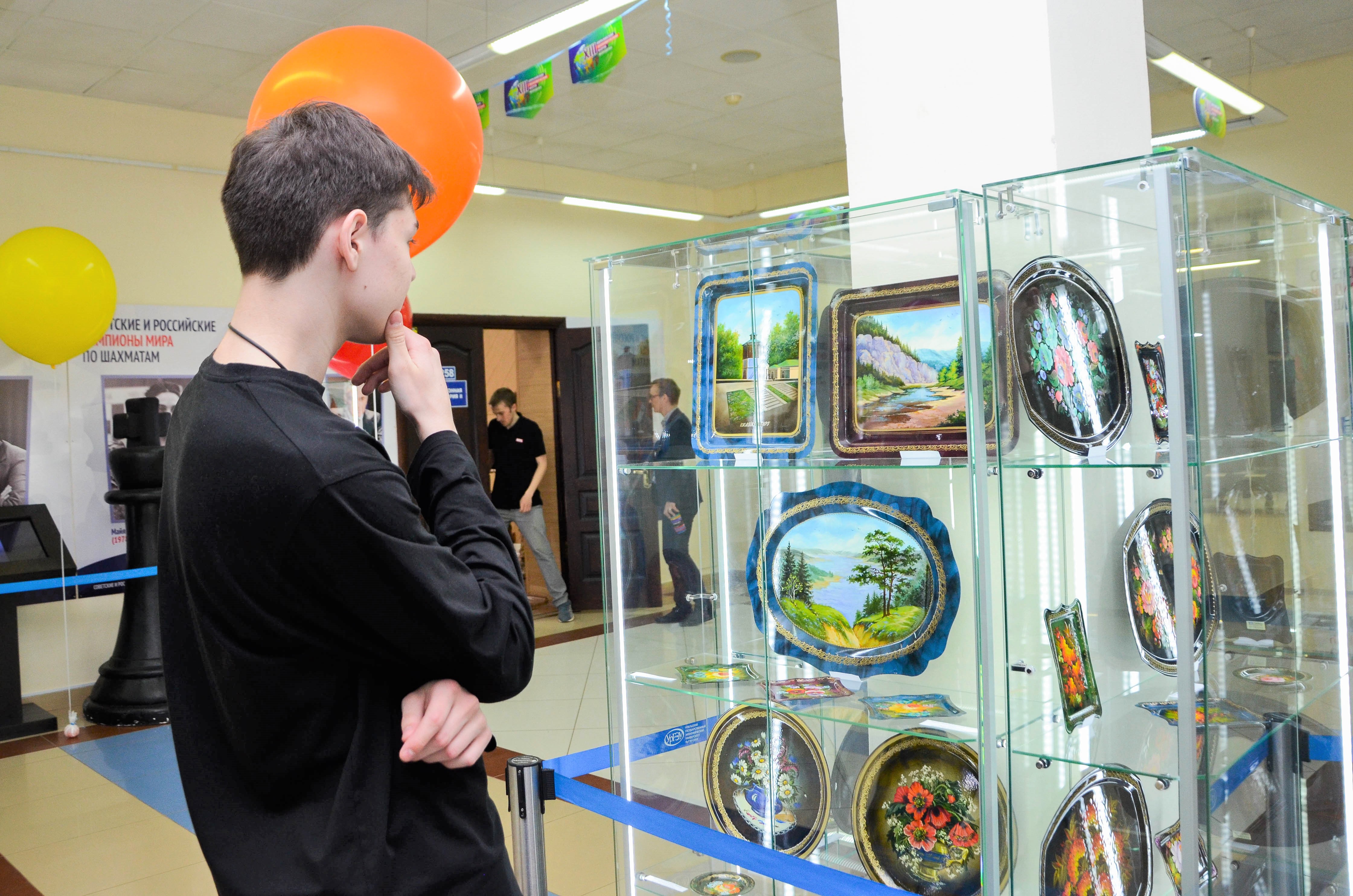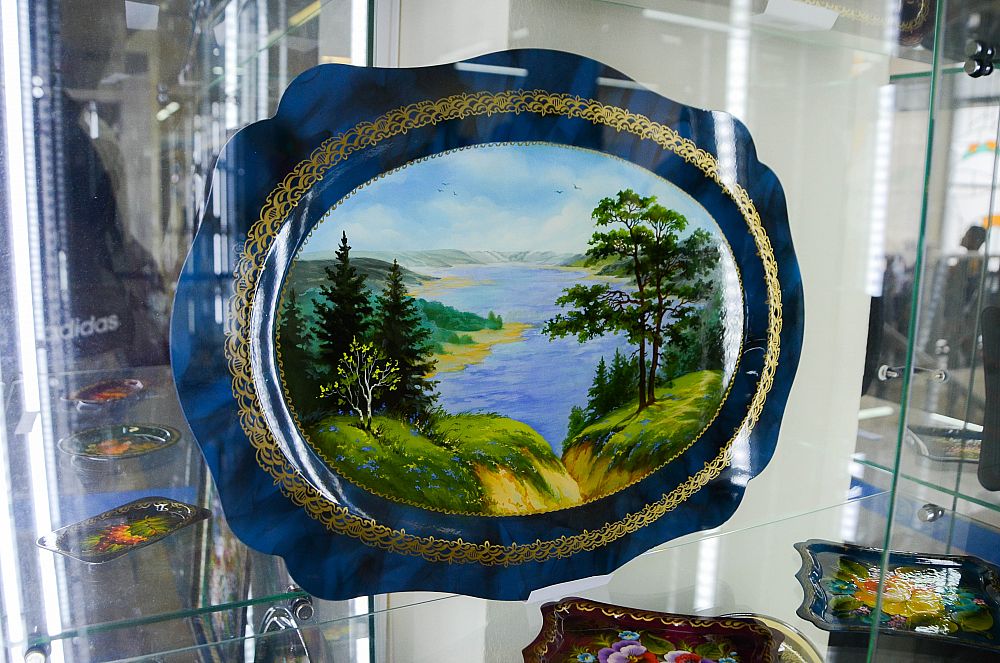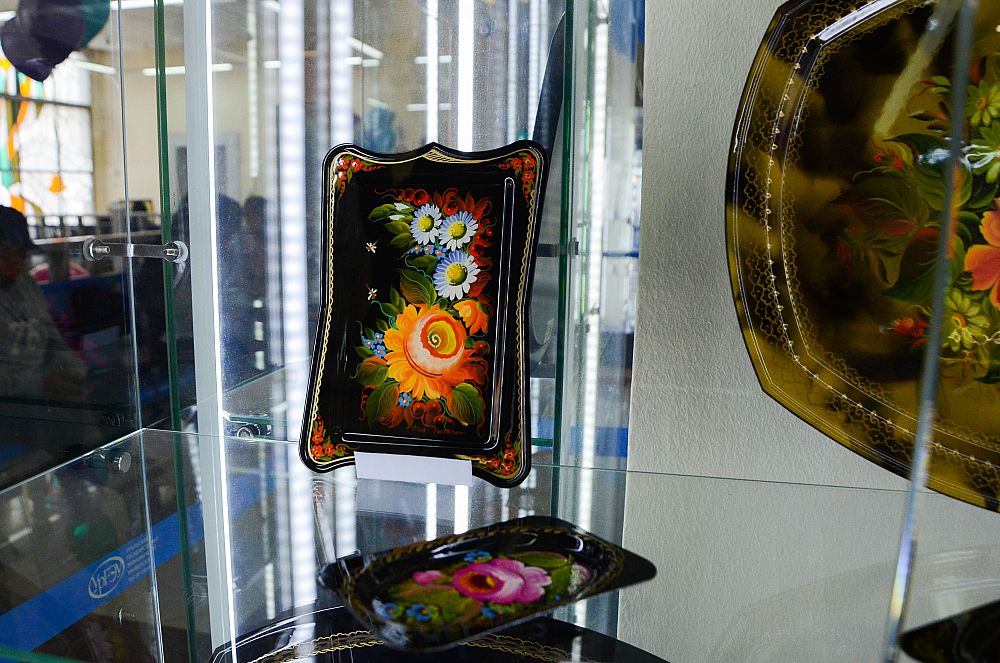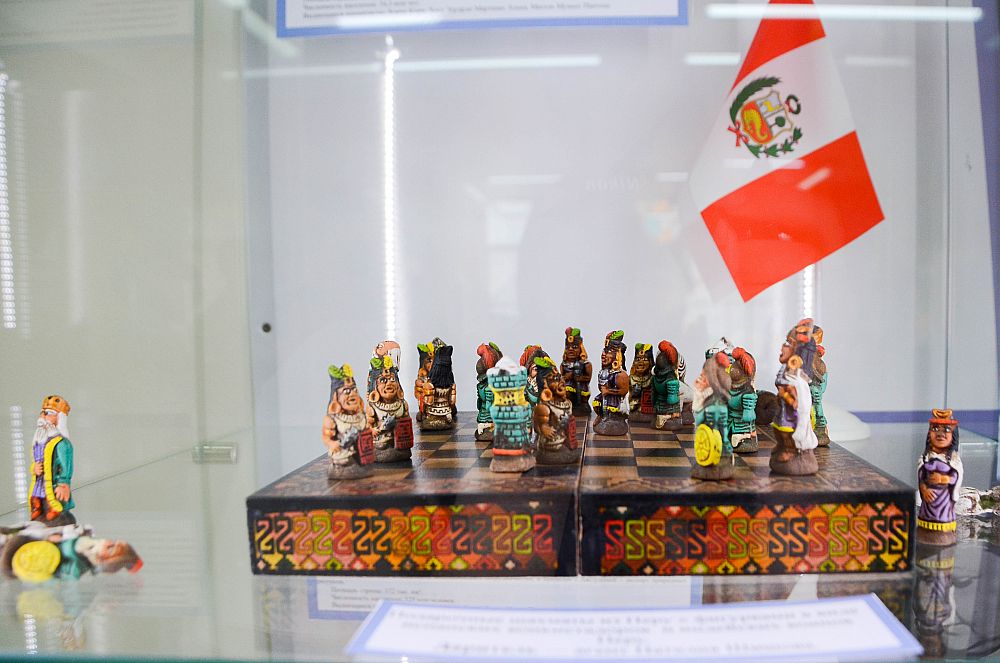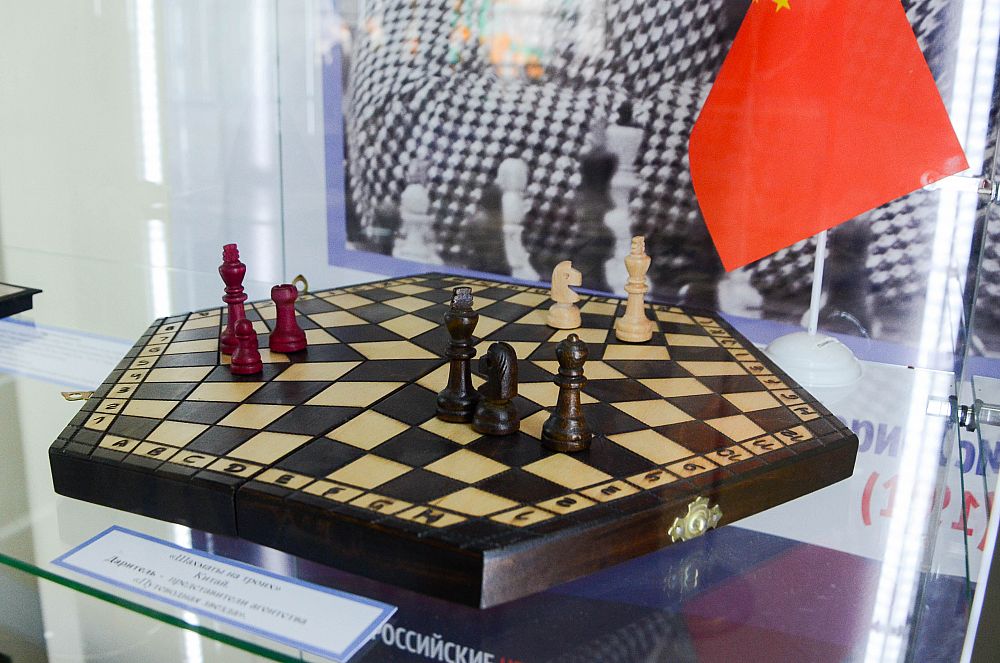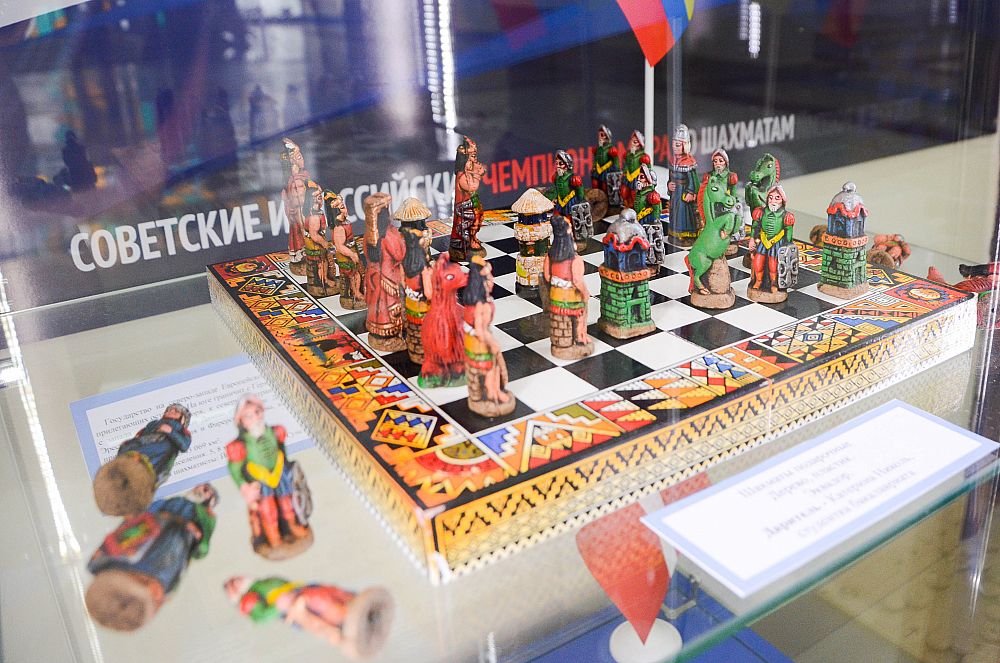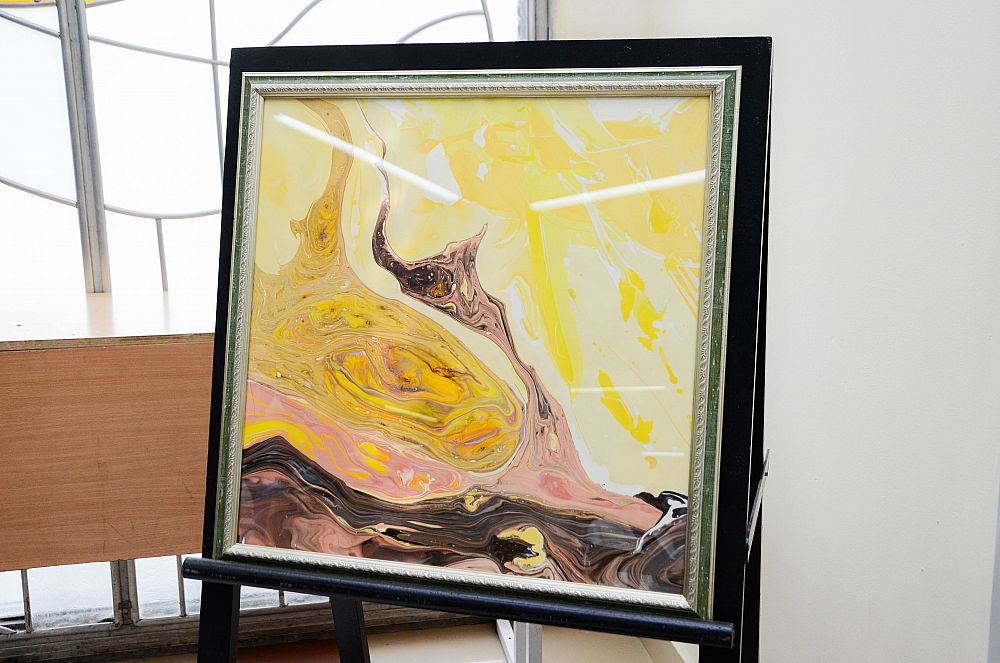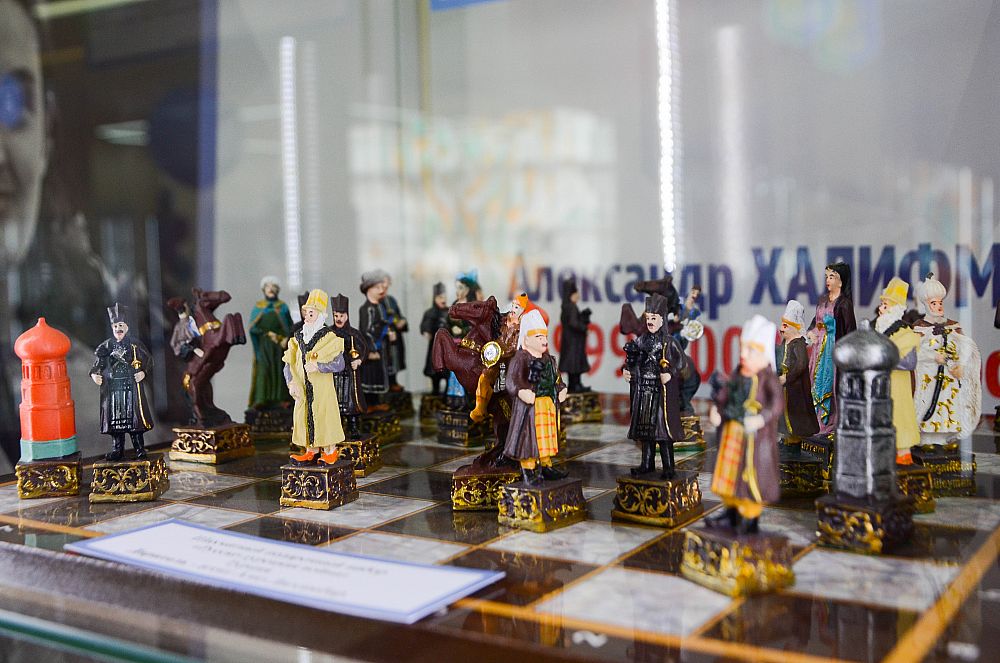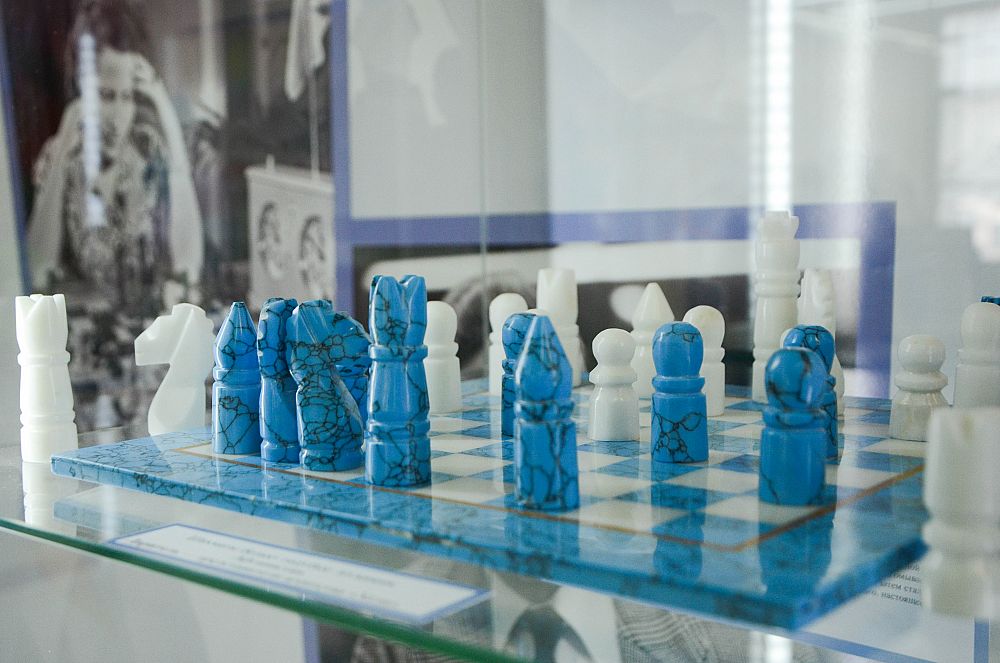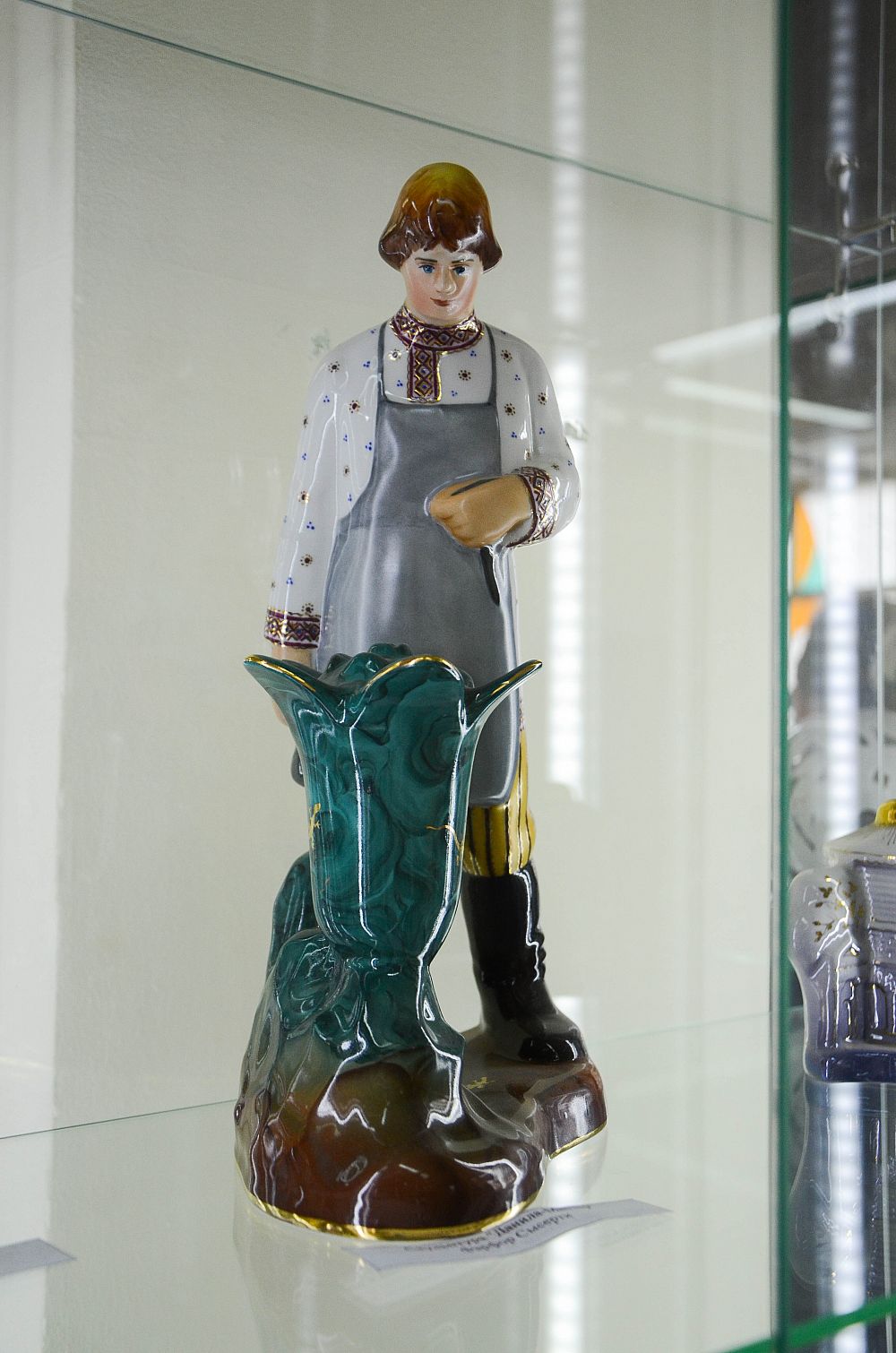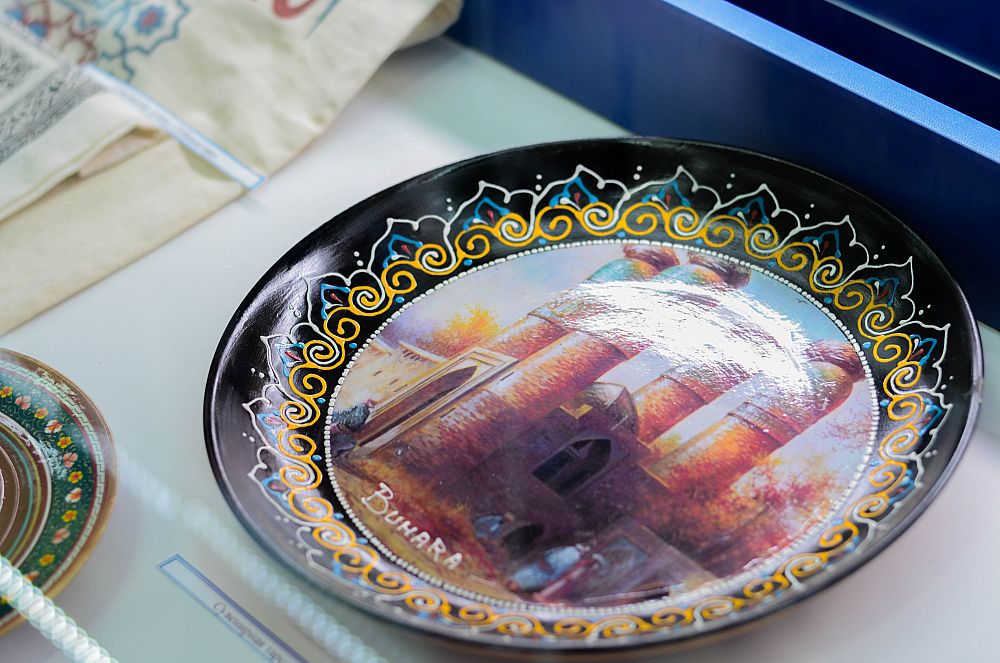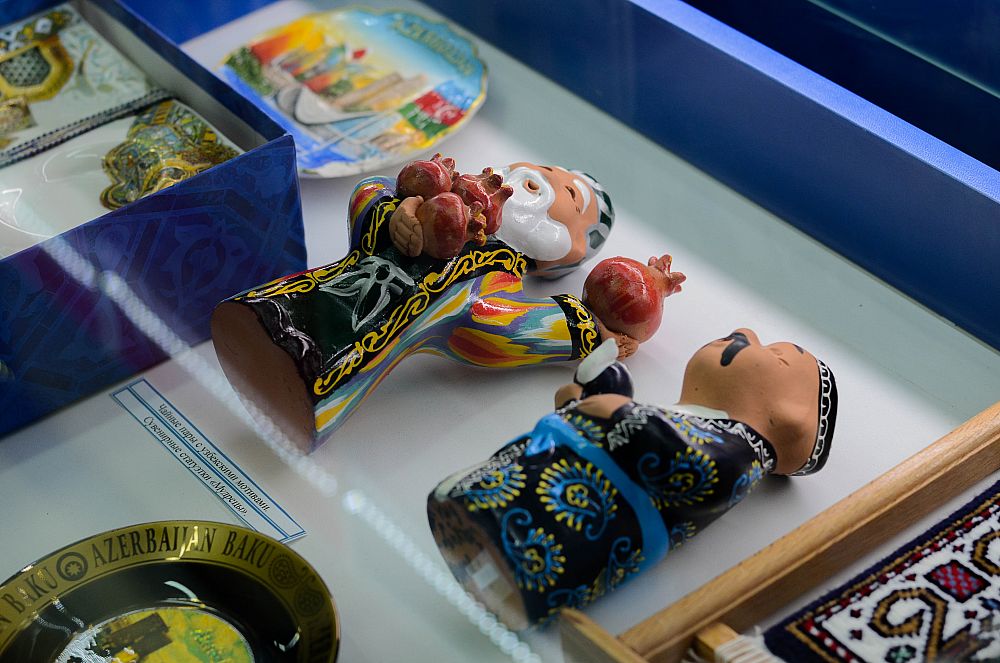 See other releases of corporate mass media
See other releases of corporate mass media
Trays, porcelain and money
Objects of arts and crafts, drawings and a unique exposition of banknotes were presented at the exhibition for the participants of the XIII EEYF. Within a few days, representatives of diplomatic and university delegations and participants in the competition program of the forum from dozens of countries around the world became acquainted with the exhibits.

Like all interactive platforms of the XIII Eurasian Economic Youth Forum, the exhibition prepared by the USUE Museum was thematically related to the 300th anniversary of Yekaterinburg. The guests saw photographs of the city taken at the beginning of the 20th century, and modern views of the same places.

A part of the exposition was devoted to urban trade. Before the revolution, Yekaterinburg was known more as a merchant city than as a manufacturing center. Besides, trade is one of the first areas of training that appeared in 1968, at the Sverdlovsk Institute of National Economy (former name of USUE).
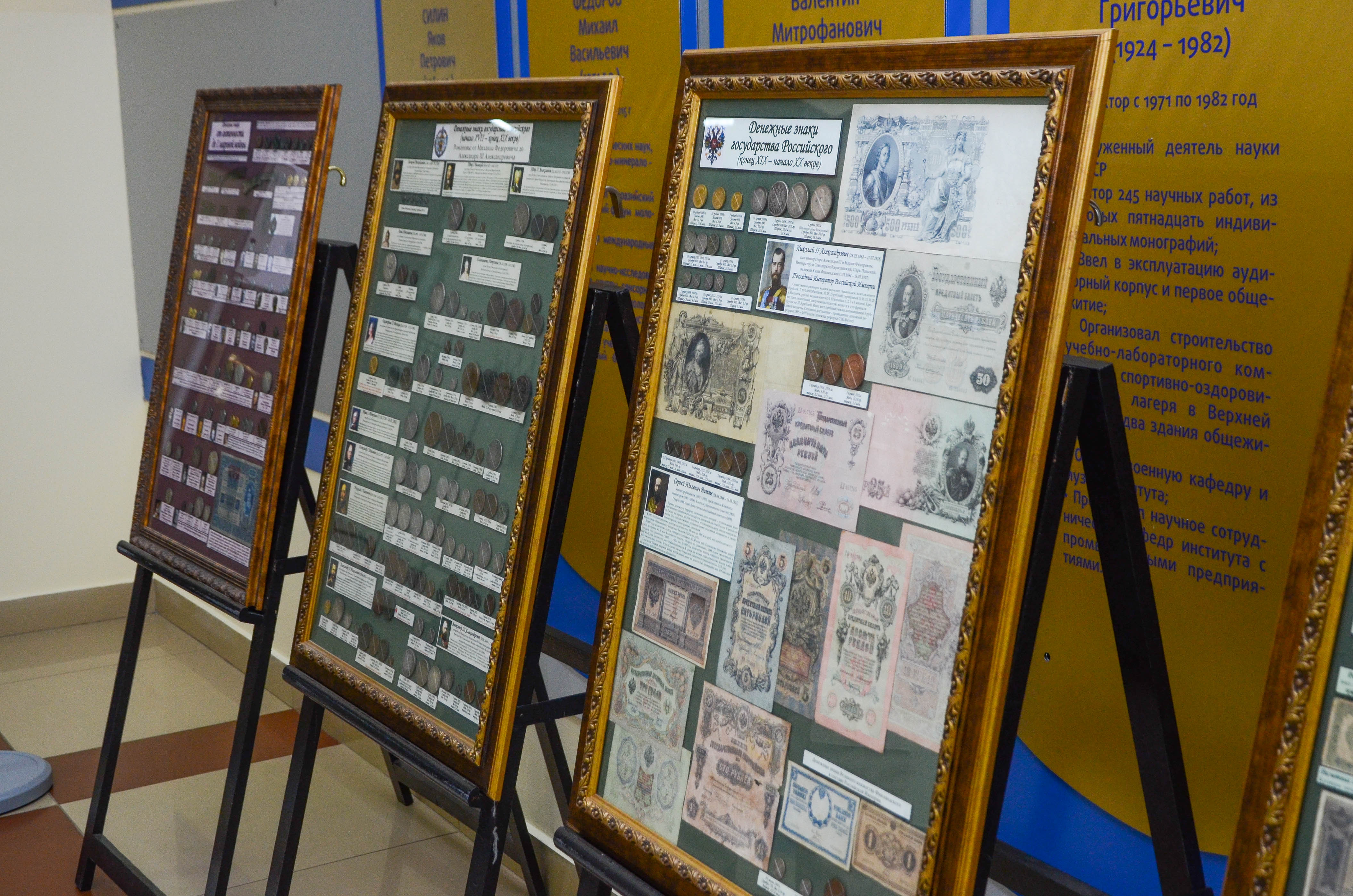
Maxim Maramygin, director of the USUE Institute for Strategic Planning and Financial Analysis, provided his personal collection of money, which contains banknotes of many countries and eras: from ancient Chinese coins of the 5th century BC to imperial and Soviet rubles.
“I am a financier. I deal with money not only as an object of wealth but also as an art object, since this is not just a tool for mutual settlement, but actually a showcase of the society it represents,” Maxim Maramygin says. “People came up with the idea of shaping metal—and metal coins appeared; as soon as paper appeared - they began to print paper money. Later, watermarks, various decorations and protection features were added.
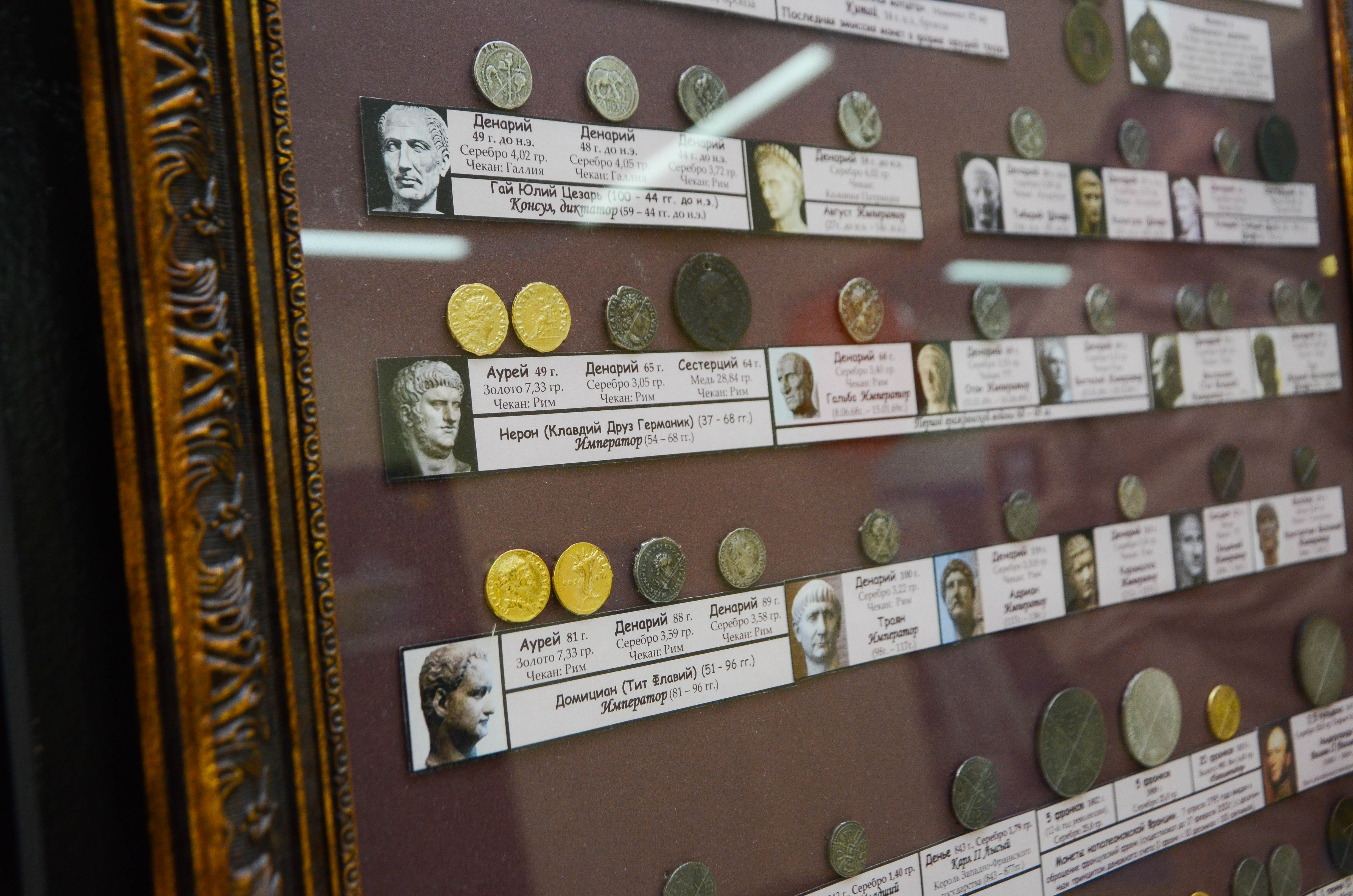
The exhibition featured coins of Roman emperors and medieval kings, coins of Russian principalities from the times of disunity - the so-called “cheshuyka”. Many have their own history. Such, for example, are coins from the first minted set of the times of Catherine the Great. According to legend, it was entirely spent on payments to soldiers and officers who installed Catherine on the Russian throne. There are also samples of paper money from the Civil War period - printed on cheap paper without protection features. There are samples of Finnish and Polish coins from the time of being part of Russia, but in their national languages with their own technical standards.
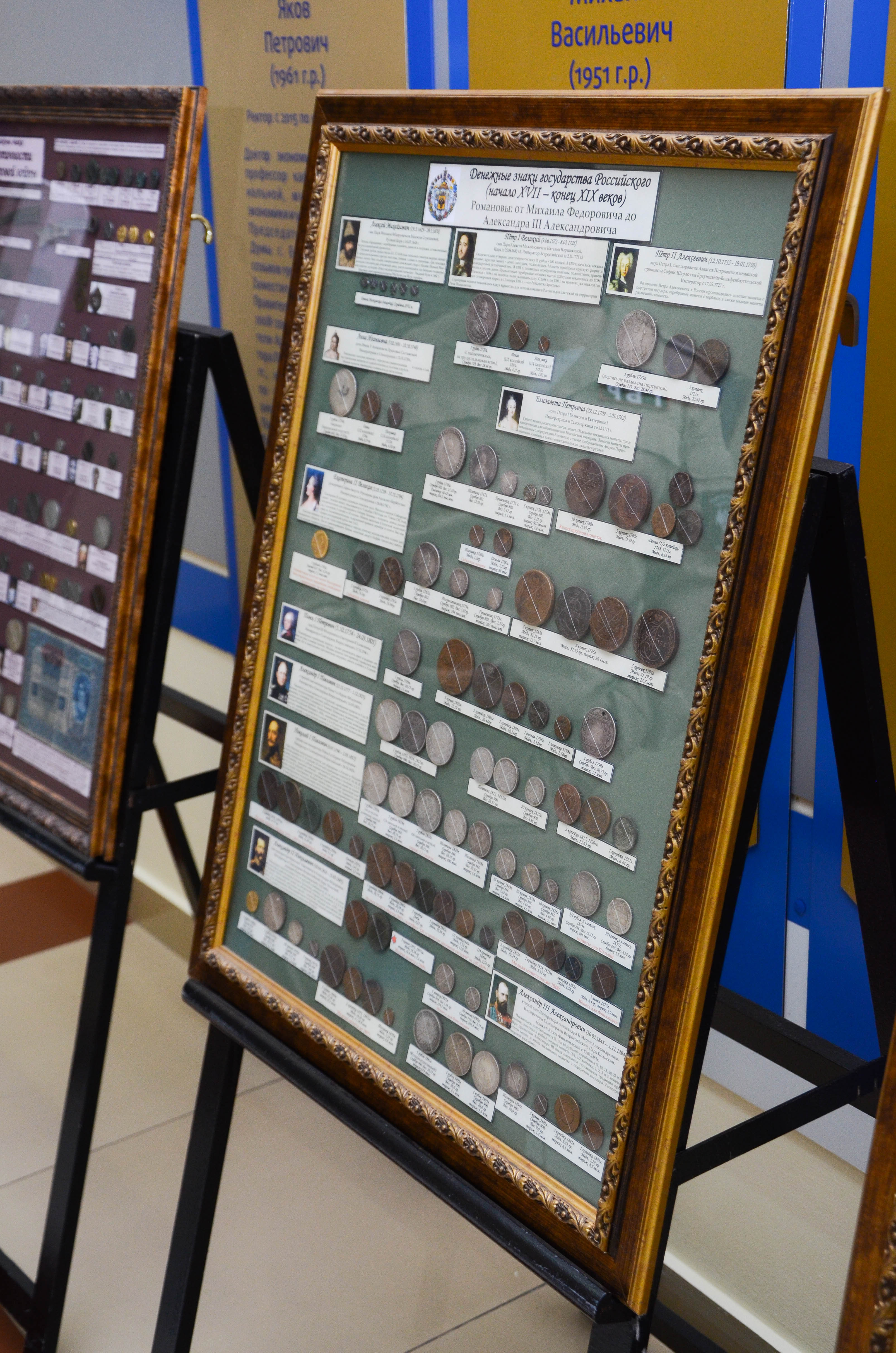

Apart from that, forum guests saw traditional Ural brands at the exhibition: Sysert porcelain and Tagil trays. Hand-painted by masters of traditional Ural crafts, these interior items are widely known in Russia and abroad.


Photo gallery:








